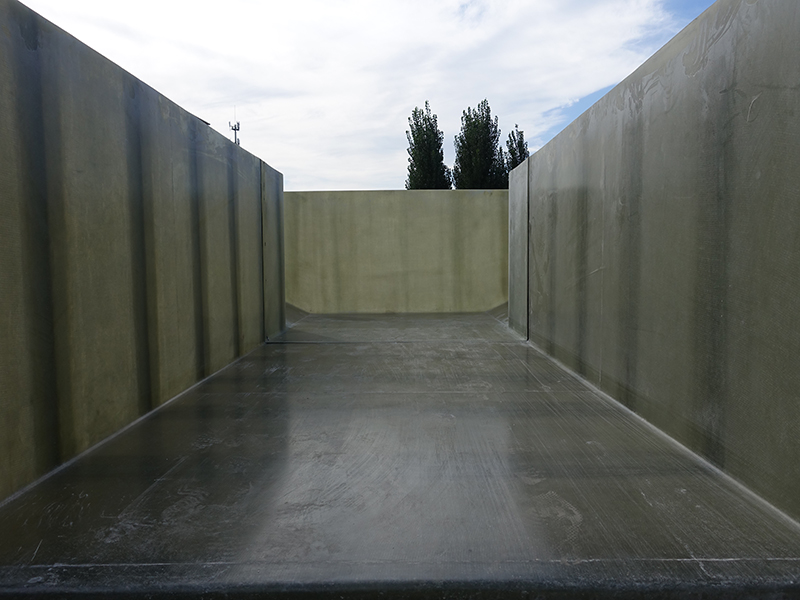
-
 Afrikaans
Afrikaans -
 Albanian
Albanian -
 Amharic
Amharic -
 Arabic
Arabic -
 Armenian
Armenian -
 Azerbaijani
Azerbaijani -
 Basque
Basque -
 Belarusian
Belarusian -
 Bengali
Bengali -
 Bosnian
Bosnian -
 Bulgarian
Bulgarian -
 Catalan
Catalan -
 Cebuano
Cebuano -
 China
China -
 China (Taiwan)
China (Taiwan) -
 Corsican
Corsican -
 Croatian
Croatian -
 Czech
Czech -
 Danish
Danish -
 Dutch
Dutch -
 English
English -
 Esperanto
Esperanto -
 Estonian
Estonian -
 Finnish
Finnish -
 French
French -
 Frisian
Frisian -
 Galician
Galician -
 Georgian
Georgian -
 German
German -
 Greek
Greek -
 Gujarati
Gujarati -
 Haitian Creole
Haitian Creole -
 hausa
hausa -
 hawaiian
hawaiian -
 Hebrew
Hebrew -
 Hindi
Hindi -
 Miao
Miao -
 Hungarian
Hungarian -
 Icelandic
Icelandic -
 igbo
igbo -
 Indonesian
Indonesian -
 irish
irish -
 Italian
Italian -
 Japanese
Japanese -
 Javanese
Javanese -
 Kannada
Kannada -
 kazakh
kazakh -
 Khmer
Khmer -
 Rwandese
Rwandese -
 Korean
Korean -
 Kurdish
Kurdish -
 Kyrgyz
Kyrgyz -
 Lao
Lao -
 Latin
Latin -
 Latvian
Latvian -
 Lithuanian
Lithuanian -
 Luxembourgish
Luxembourgish -
 Macedonian
Macedonian -
 Malgashi
Malgashi -
 Malay
Malay -
 Malayalam
Malayalam -
 Maltese
Maltese -
 Maori
Maori -
 Marathi
Marathi -
 Mongolian
Mongolian -
 Myanmar
Myanmar -
 Nepali
Nepali -
 Norwegian
Norwegian -
 Norwegian
Norwegian -
 Occitan
Occitan -
 Pashto
Pashto -
 Persian
Persian -
 Polish
Polish -
 Portuguese
Portuguese -
 Punjabi
Punjabi -
 Romanian
Romanian -
 Russian
Russian -
 Samoan
Samoan -
 Scottish Gaelic
Scottish Gaelic -
 Serbian
Serbian -
 Sesotho
Sesotho -
 Shona
Shona -
 Sindhi
Sindhi -
 Sinhala
Sinhala -
 Slovak
Slovak -
 Slovenian
Slovenian -
 Somali
Somali -
 Spanish
Spanish -
 Sundanese
Sundanese -
 Swahili
Swahili -
 Swedish
Swedish -
 Tagalog
Tagalog -
 Tajik
Tajik -
 Tamil
Tamil -
 Tatar
Tatar -
 Telugu
Telugu -
 Thai
Thai -
 Turkish
Turkish -
 Turkmen
Turkmen -
 Ukrainian
Ukrainian -
 Urdu
Urdu -
 Uighur
Uighur -
 Uzbek
Uzbek -
 Vietnamese
Vietnamese -
 Welsh
Welsh -
 Bantu
Bantu -
 Yiddish
Yiddish -
 Yoruba
Yoruba -
 Zulu
Zulu
Enhanced FRP Clarification Systems for Optimal Water Treatment Efficiency and Performance
Understanding the FRP Clarifier System A Comprehensive Overview
In the realm of water treatment and wastewater management, the importance of efficient and reliable filtration systems cannot be overstated. One innovative solution that has been gaining traction in recent years is the Fiber Reinforced Plastic (FRP) clarifier system. This advanced technology offers numerous advantages over traditional materials, thereby revolutionizing how industries manage liquid waste and treat water.
What is an FRP Clarifier System?
An FRP clarifier system is a type of treatment unit designed for the separation of suspended solids from liquids. It is primarily used in various industries, including municipal water treatment plants, chemical manufacturing, and food processing. The fundamental principle behind a clarifier is gravity; the system allows suspended particles to settle at the bottom of a tank through gravitational forces, thus clarifying the liquid above.
The use of Fiber Reinforced Plastic in these systems sets them apart from their concrete or metal counterparts. FRP is a composite material made of plastic reinforced by fibers, typically glass or carbon. This material provides several advantageous properties, including high chemical resistance, low weight, and durability, making it ideal for harsh environments often encountered in water treatment processes.
Advantages of FRP Clarifier Systems
1. Corrosion Resistance One of the most significant benefits of using FRP is its resistance to corrosion. Traditional materials, such as steel or concrete, can deteriorate over time when exposed to aggressive chemicals. In contrast, FRP offers impressive longevity, reducing replacement and maintenance costs.
2. Lightweight Construction The lightweight nature of FRP facilitates easier transportation and installation. This attribute significantly reduces construction time and allows for the placement of clarifier systems in locations where heavier materials might not be feasible.
frp clarifier system

3. Customization FRP clarifier systems can be tailored to meet specific operational requirements. Manufacturers can design these systems to various sizes and configurations, ensuring optimum performance for a wide range of applications.
4. Lower Operating Costs Although the initial investment in an FRP clarifier may be higher than traditional systems, the long-term savings are substantial. The reduced need for maintenance, enhanced durability, and efficiency contribute to lower overall operating costs.
5. Eco-Friendly Solutions FRP materials can be manufactured with an emphasis on sustainability. The lightweight and durable nature of FRP contributes to a lower carbon footprint throughout the product's lifecycle, making it an environmentally conscious choice for water treatment applications.
Applications of FRP Clarifier Systems
FRP clarifier systems are employed in a variety of applications. They are commonly used in
- Municipal Water Treatment To enhance the quality of drinking water by removing sediments and contaminants before it is distributed to households. - Wastewater Treatment In industries, FRP clarifiers help in the separation of solids from effluents, ensuring that discharged water meets environmental regulations. - Food and Beverage Industry To treat process water efficiently, minimizing waste and ensuring compliance with health standards. - Chemical Processing Plants Where the handling of corrosive chemicals necessitates robust and resistant materials.
Conclusion
As industries continue to seek innovative solutions to meet stricter environmental regulations and improve operational efficiency, the FRP clarifier system stands out as a beacon of modern engineering. Its unique properties offer substantial advantages over traditional clarifiers, making it an attractive option for those involved in water treatment and wastewater management. By embracing technologies such as FRP, businesses can not only optimize their treatment processes but also contribute to a more sustainable future for water resources. In this regard, the FRP clarifier system is more than just an equipment choice; it represents a forward-thinking approach to environmental stewardship and operational excellence.









